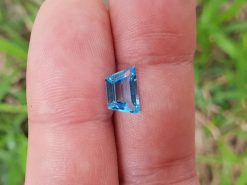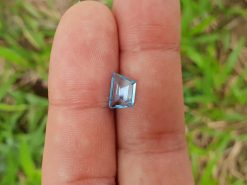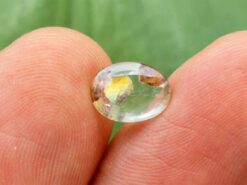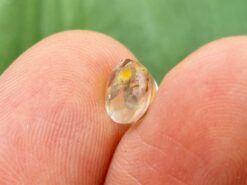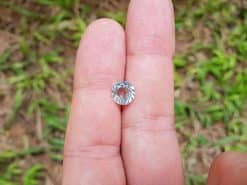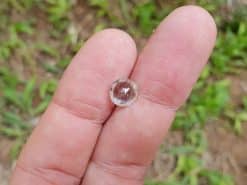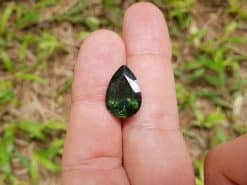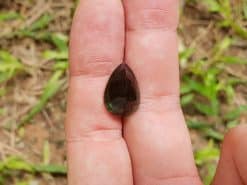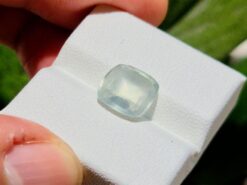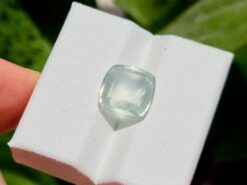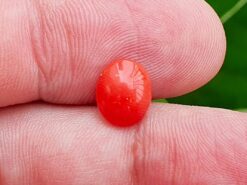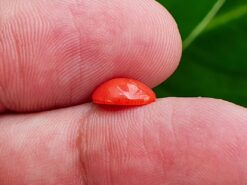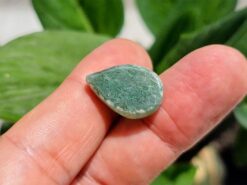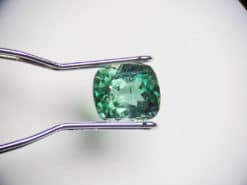Selenite
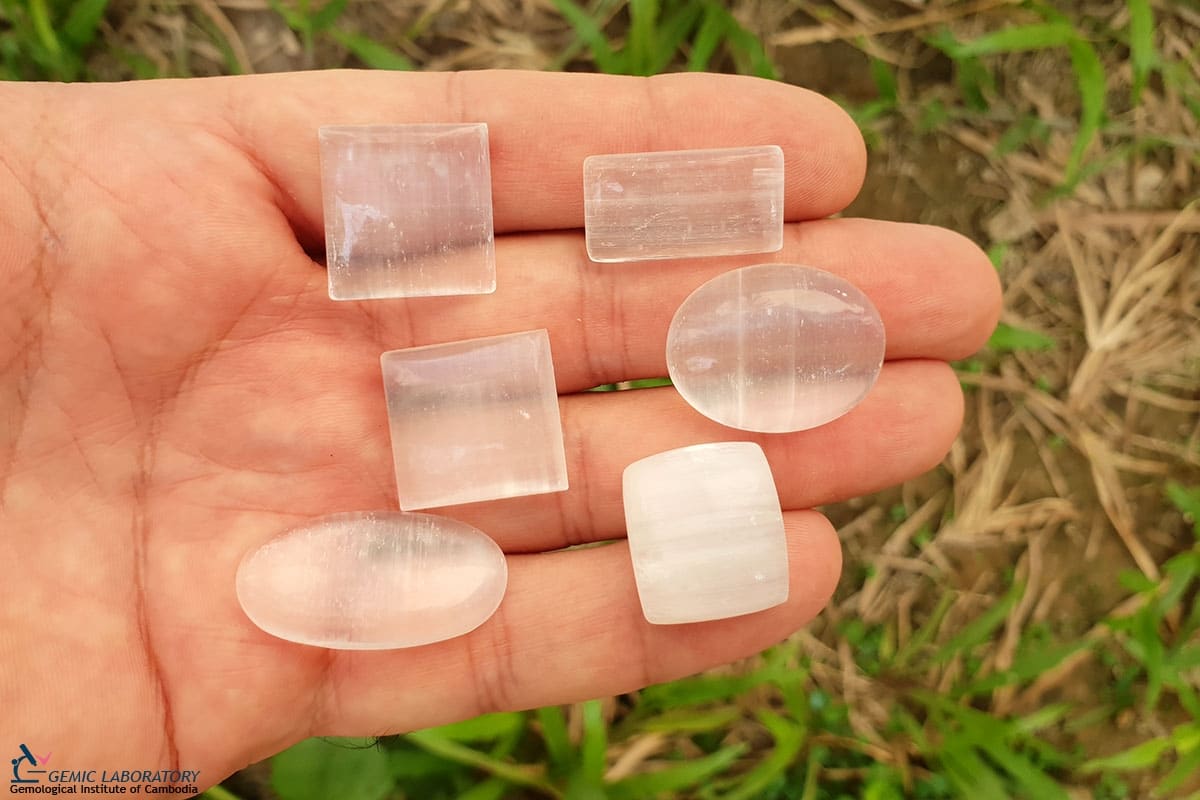
Selenite, satin spar, desert rose, and gypsum flower are four varieties of the mineral gypsum. All four varieties show obvious crystalline structure. The four crystalline varieties of gypsum are sometimes grouped together and called selenite.
Buy natural gemstones in our gem shop
Meaning of selenite
All varieties of gypsum, are composed of calcium sulfate dihydrate. It means that it has two molecules of water. With the chemical formula CaSO4·2H2O. It contains no significant selenium. The similarity of names comes from both substances. Its names comes from the Ancient Greek word for the Moon.
Some of the largest crystals ever found are selenite crystals. The largest specimen found in the Naica mine‘s cave of the crystals is 12 metres long and weighs 55 tons.
Selenite crystals – Gypsum
All varieties of gypsum are very soft minerals. Hardness: 2 on Mohs scale. This is the most important identifying characteristic of gypsum. As any variety of gypsum can be easily scratched with a fingernail. Also, because gypsum has natural thermal insulating properties. All varieties feel cold to the touch.
– most often transparent and colorless: it is named “the moon”.
– if selenite crystals show translucency, opacity, or color, it is caused by the presence of other minerals, sometimes in druse
– druse is the crust of tiny, minute, or micro crystals that form or fuse either within or upon the surface of a rock vug, geode, or another crystal
All four crystalline varieties are slightly flexible. Though will break if bent significantly. They are not elastic, it means they can be bent. but they will not bend back on their own.
All four crystalline varieties are sectile. They can be easily cut, will peel, particularly crystals that exhibit mica-like properties. And like all gypsum varieties, it can be scratched by a fingernail. Hardness: 2 on Mohs Scale. The rosettes are not quite as soft due to their exterior druse, nevertheless, they too can be scratched.
Selenite crystals that exhibit in either reticular or acicular habits, satin spar. Usually, as fibrous crystals are thin and narrow, desert roses that are thinly bladed. And gypsum flowers, particularly acicular gypsum flowers, can be quite brittle and easily broken.
Selenite crystal meaning and healing properties benefits
The following section is pseudo scientific and based on cultural beliefs.
The crystal is a calming stone that instils deep peace and is excellent for meditation or spiritual work. It assists judgement and insight. It clears confusion and aids in seeing the deeper picture. The gem aligns the spinal column and promotes flexibility.
Selenite crystals
Natural gemstones for sale in our gem shop
FAQ
What is selenite used for?
The gem is known as an energy amplifier, and is commonly used to magnify the energy of other crystals, either in a grid or as a charging plate. Selenite is often seen in a wand shape, and is one of the most popular crystals used by healers to activate the third eye and crown chakras.
What is selenite chakras good for?
Crystals are high vibration stones that will move your spiritual growth forward quickly. They are a stone of the third eye chakra, the crown chakra and the soul star chakra.
Does selenite glow?
It has a mesmerizing soft pearlescent glow, similar to Moonlight & is said to offer many healing properties.
Where should I place selenite?
The gem will help to relax and get undisturbed, quality sleep. Place raw stone on your nightstand, near and under your bed, or place a crystal heart under your pillow to benefit from its gentle energy throughout the night.
What crystals go well with selenite?
In case you’re wondering if your stone is a good crystal to pair with other crystals, the answer is yes. You can combine it with any rock crystal. A good combination is Amethyst.
Can selenite be in the sun?
The stone can be in the sun, however long exposure to direct sunlight can damage your gem by making it look dull and losing its bright white shine.
How can you tell if selenite is real?
It is highly praised for its moonstone optical effect, but spots, which cover the whole surface are a sign of a fake. The stone will have a whitish line, which moves in one direction back and forth.
What happens when you get selenite wet?
When the stone gets wet it starts to flake and dissolve, so again, be careful with your piece around water. The gem is a crystal that never really needs to be “cleansed” of negativity. The reason for this is because it doesn’t hold negative energy. It also cleanses other
How can you tell selenite from quartz?
They have different crystal structures. Quartz forms six-sided crystals that almost always terminate at one end, come to a point. It has a hardness of 7, which means that it scratches glass. the gem can look similar to calcite, but the main identifier is that selenite is very soft.

